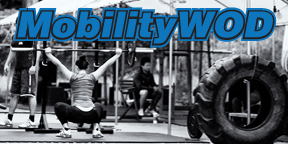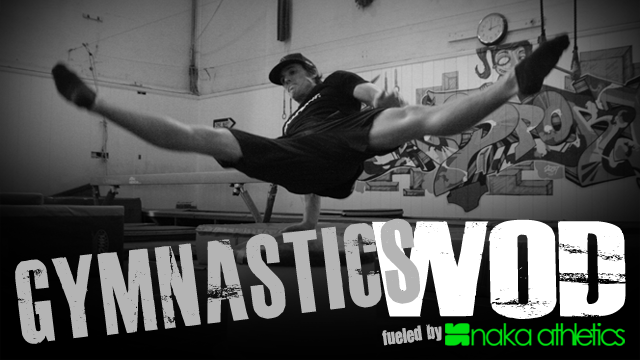23
Aug / 12
The Evolution of Olympic Bodies
Categories: Anatomy & Physiology, Workout of the Day
posted by: Holley
Knowing I’m a fan of infographics, Ruth sent me this great infographic that covers the evolution of the bodies of Olympians. The infographics cover what has changed about the bodies of Olympians in five different sports since 1912, and what seems to be the ideal body-type to excel in each sport.
The first sport covered is Olympic weightlifting. Since 1958, the athletes have just gotten bigger. Olympic records in the heavyweight division in the clean and jerk went from 401 lbs to 579 lbs, and the world record holder in the flyweight division can almost lift as much as a heavy weight in 1958. Bottom line, the heavier guys can lift more, but the shorter, lighter athletes lift a much larger percentage of their body weight. The shorter limbs and lower center of mass make for a better oly lifter.
The next athlete covered was the sprinter, comparing the 1929 world record holder to Usain Bolt. Bolt is almost a foot taller and is 40 lbs heavier. In general, the taller sprinters with a higher center of mass fall forward faster and can use their long limbs to create momentum. Also, the athletes have put on more muscle to make them more explosive and have the muscle fibers twitch faster.
Rowers have gotten much taller over the years, especially the females. Rowers are among the tallest of the female athletes, and while the additional height and weight cause the boats to sink in the water, resulting in more drag, they have longer strokes which leave the paddles in the water longer. These long, powerful strokes are more efficient than the short quick strokes, making the additional weight worth it.
Marathon runners haven’t changed too much over the years, the best runners are just light. They minimize energy by having low impact and they take shorter, quick strides. They’re also less likely to overheat because they have less body mass to generate heat and have a larger relative surface area to dissipate heat.
The last athlete looked at was the swimmer. Swimmers have gotten a little taller and the record for 100m freestyle has dropped by almost 15 seconds. They’re among the tallest of the Olympic athletes and that plays to their advantage because the long limbs better propel them through the water and the big hands and feet displace more water. Swimmers also tend to have long torsos which makes them more hydrodynamic.
In general it looks like the athletes are better trained in their respective sports. Diet regimens have been better perfected to result in lean, dense muscles and training technique has improved over time. Even in the sport of CrossFit which hasn’t been around that long, you can notice a transformation in the Games level athletes. The average Joe doesn’t stand a chance in the Games any more because the level of competition has risen drastically, and will only continue to do so. Just take a look at this video (about 4:30 in) when Games athletes are asked about what the Games will be like 5 years from now, they’re all speechless. Considering the athletes that have won the Games for the last two years in a row, they seem to be pretty average in size and true jacks of all trades. They aren’t the best at body-weight movements and they aren’t the strongest out there, but they’re still pretty darn fast and can move around a respectable amount of weight.
Check out the link to the infographic and read through the information about the body changes and physics behind the theorized ideal athlete shape for each sport, it’s pretty interesting. Post to comments any Olympic transformations you’ve noticed over the years. They did some flashbacks during the Olympic Games coverage this year, what did you find most interesting?
WOD 08.23.12
Skills day
Again, if you haven’t, vote for the Leftovers here: http://shakedownseries.com/best-team-name-poll/


 310.465.6565 |
310.465.6565 |




















1 Response to “The Evolution of Olympic Bodies”
James
August 23, 2012 at 10:40 AM
I only need to improve my C&J by +200lbs — I got this!
Leave a Comment:
RSS feed for comments
on this post.